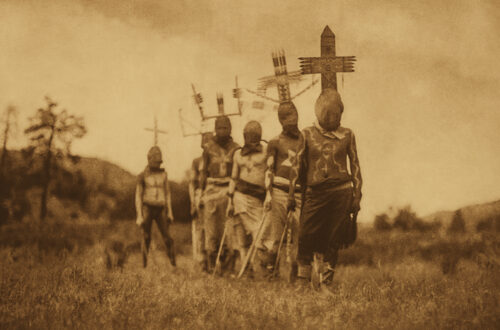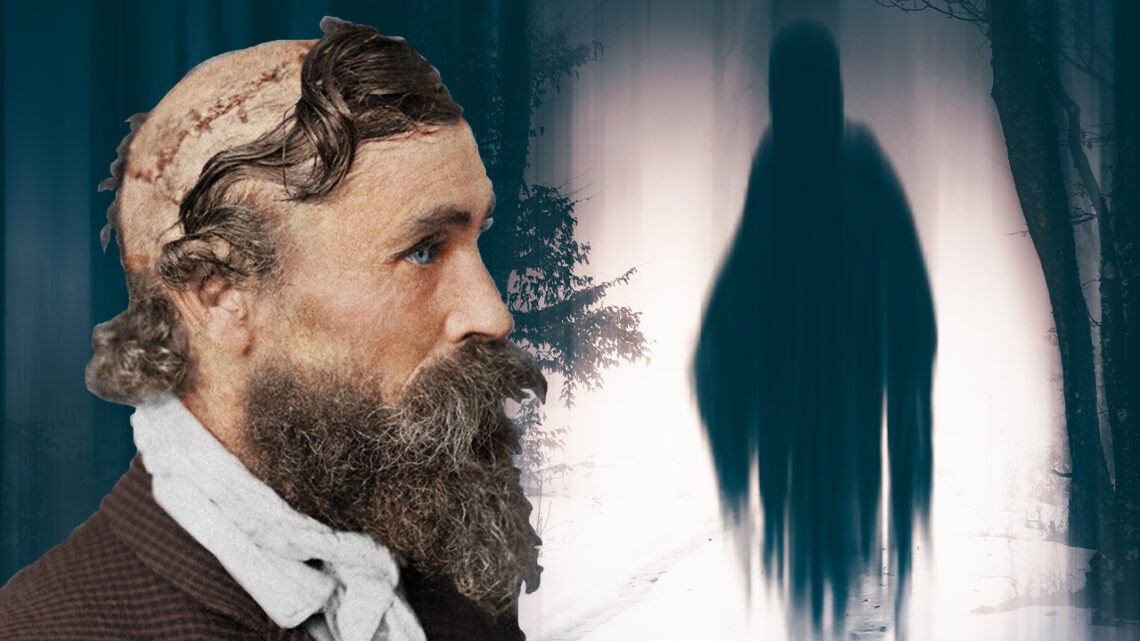
Scalped While Paralyzed: Most Famous Ghost Story in Texas History
By Max McNabb.
Scalped by Comanches while temporarily paralyzed—Josiah Wilbarger was fully conscious but felt nothing as the warrior ran the knife around the top of his head. When the Comanche yanked his hair free, Wilbarger heard a sound like distant thunder and everything went black.
This is the most famous ghost story in Texas history. It’s also the tale of how a pioneer woman’s dream saved a dying man. This is the Wilbarger scalping.
Coming to you from an abandoned church 30 miles outside Lubbock, Texas, I’m Max McNabb. Welcome to my channel where I bring you stories of all things mysterious, strange, and eerie. I’m the editor of TexasHillCountry.com and the author of Far Blue Mountains, a finalist for the Will Rogers Medallion. My historical novel was inspired by a true story: An injured Apache girl adopted as the daughter of a powerful rancher, the rancher’s son kidnapped by the last free Apaches—in the 1920s Sierra Madre.
I’m bringing you new stories of the mysteries and bizarre every week, so like and subscribe for more.
Josiah Wilbarger was 26 and newly married when he came to Texas in 1827. Wilbarger and his wife settled in Stephen F. Austin’s “Little Colony” in a bend on the Colorado River 10 miles upstream from what is now Bastrop.[i] He was the first Texas colonist to settle in that area. His closest neighbor was 75-miles downriver until Austin and his surveyors arrived a month later at the crossing of the old San Antonio and Nacogdoches road.[ii]
August 1833—Wilbarger and four other men set out in a surveying party. They spent a peaceful night in Reuben and Sarah Hornsby’s cabin. Hornsby’s Bend on the Colorado is south of present-day Montopolis bridge in what is now Austin, but what in 1833 was the far reaches of the frontier. Next morning they rode out into the wilderness.
Along Walnut Creek, between what later became East Austin and Webberville, they spotted a lone Comanche. The warrior watched them from a ridge. “Wilbarger, after vainly beckoning him to approach, rode toward him, manifesting friendship…”[iii] The Comanche pointed at smoke rising from a cedar brake at the foot of a hill. He motioned for the men to follow him into camp, then galloped ahead. Wilbarger and his friends followed the warrior a short distance, then began to fear they were being led into a large camp of hostile warriors.
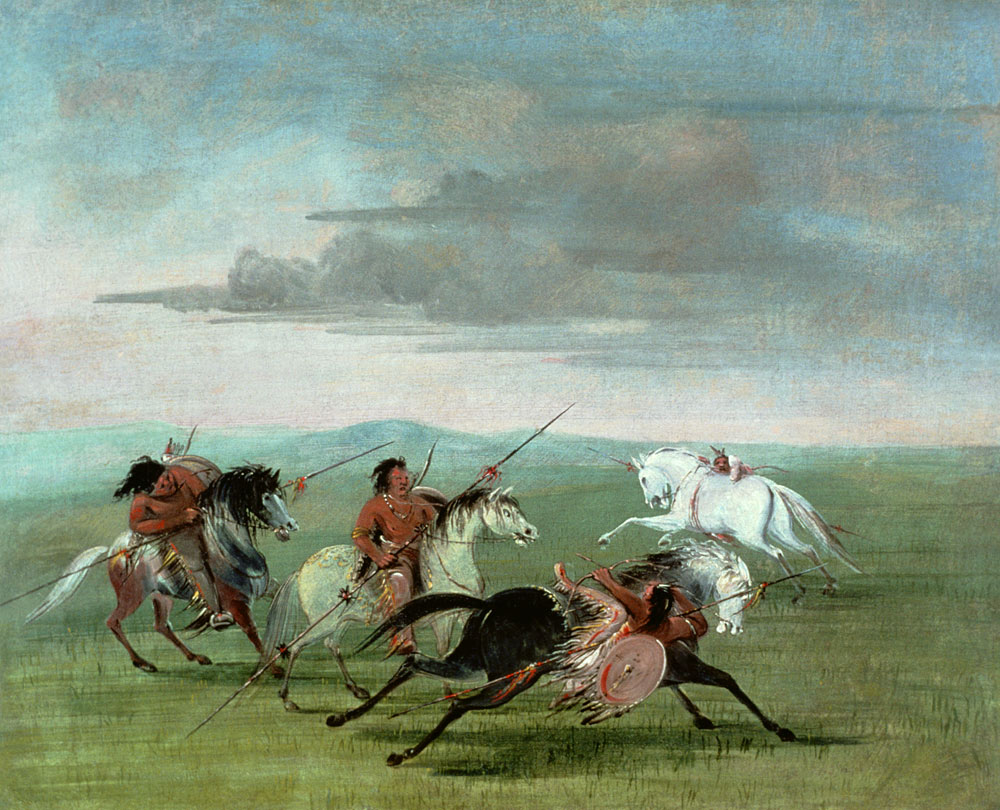
In 1833, the Comanches ruled a wilderness empire of over 240,000 square miles.[iv] For 150 years, they’d fought the Spanish, Mexicans, and dozens of other native tribes. On horseback, they were without equal in battle, perhaps the greatest light cavalry in the world. Their enemies had no idea how far and fast a Comanche warrior could ride. Historian S. C. Gwynne wrote that Comanche striking range was an astonishing 400 miles. It meant, a “soldier in San Antonio was in grave and immediate danger from a Comanche brave sitting before a fire in the equivalent of modern-day Oklahoma City.”[v] Comanches referred to Mexicans as their stockkeepers[vi], boasting that they spared their lives so the Mexicans might raise more horses and cattle for them. Gwynne noted “one of history’s great ironies” was that Mexico encouraged Americans to settle in Texas because “they wanted a buffer against Comanches, a sort of insurance policy on their borderlands.”[vii]
Wilbarger’s group decided to cut their expedition short and head back toward the Hornsby’s cabin. Near Pecan Spring, about four miles east of present-day downtown Austin, they stopped to eat in a grove along a stream.[viii] Historian John Henry Brown, a close friend of Wilbarger since Brown’s childhood, claimed that Josiah objected to the noon break, fearing Comanche pursuit. However, J. W. Wilbarger, Josiah’s brother, contradicted that claim. He wrote that Wilbarger, Christian, and Strother unsaddled and hobbled their horses, not the actions of men concerned about nearby enemy warriors. Haynie and Standifer staked their mounts to graze, leaving them saddled.
While the men were eating their noon meal, a band of Comanches left their horses out of sight and crept through the brush. They attacked in surprise. Warriors fired muskets, then sent arrows flying from their great bows.
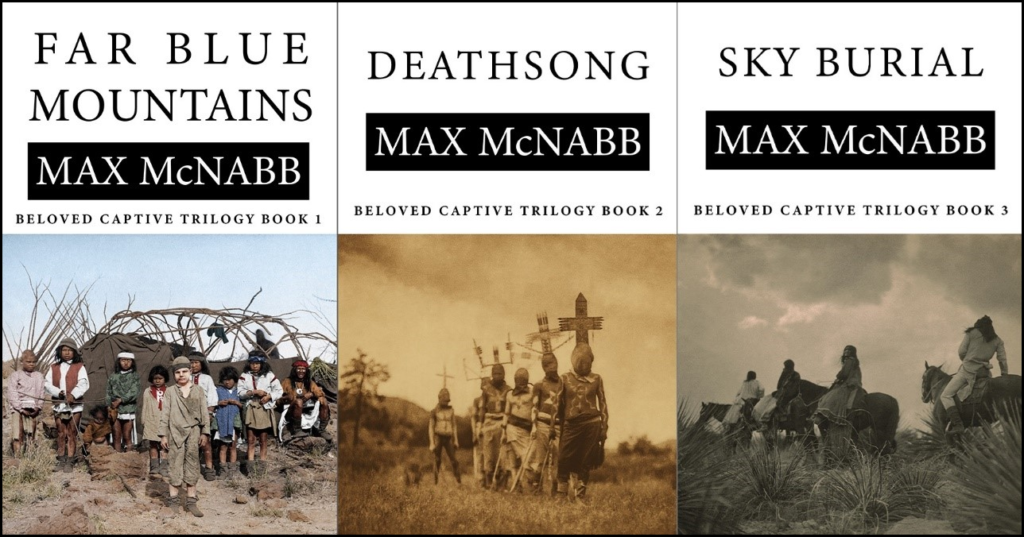
Strother fell with a mortal wound. Wilbarger and the others took cover behind scrub oaks and returned fire. A ball bust Christian’s powder horn. Christian was cut down, the shot breaking his femur.
Out rushed Wilbarger. He dragged the wounded man behind a tree. Christian’s weapon was loaded but not primed. Wilbarger quickly primed the gun, then dove back behind his own tree.
Haynie and Standifer abandoned the fight. The pair ran to their horses and mounted up. By this time, Wilbarger was also wounded. His own horse stood hobbled. He called out for Haynie and Standifer to stay and help protect the defenseless Christian, or else wait and let him ride behind one of them. They saw Wilbarger racing toward them, an arrow in his calf, another plumed shaft piercing his other leg. A large musket ball hit the back of his neck and exited under his chin, blood spurting, and Wilbarger fell headlong. Comanches surrounded his body. Haynie and Standifer spurred their horses, certain beyond a doubt their friend was killed.
But Wilbarger wasn’t killed.
He lay as though dead, but the musket ball had only bruised his spine. He was temporarily paralyzed,[ix] fully conscious but unable to even blink.
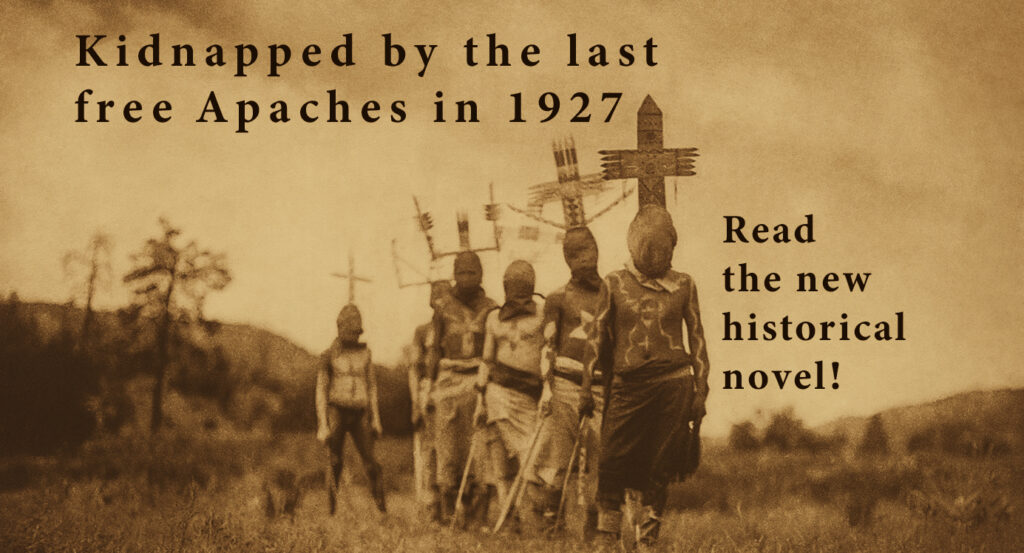
The warriors cut the throats of Strother and Christian. Believing Wilbarger already dead, they stripped him of his clothes, except for a single sock.
Wilbarger lay in frozen horror as a warrior drew his blade to scalp him. The warrior made a cut around the top of his head, gripped a fistful of hair, and jerked. No pain. Only distant thunder.[x] He passed out.
When Wilbarger woke, the Comanches were gone, the sun low in the west, and he was weak from blood loss, but now he could move. He crawled in agony to the creekbank to wash his wounds. Blowflies swarmed all about his head. He wet his sock in the creek and draped it over his naked skull to protect the wound. He drank from the creek, then began crawling toward Hornsby’s cabin, six miles away. He discovered snails in the brush and ate them for strength. He could feel maggots hatching in the raw bloody skin at the crown of his head.
Cold and shadow all around. The call of an owl, a wailing coyote somewhere in the outer dark. He’d crawled six hundred yards when the last of his strength left him. Josiah Wilbarger sat leaning against the trunk of an oak, falling in and out of consciousness, and prepared himself to die.
Then a remarkable thing happened.
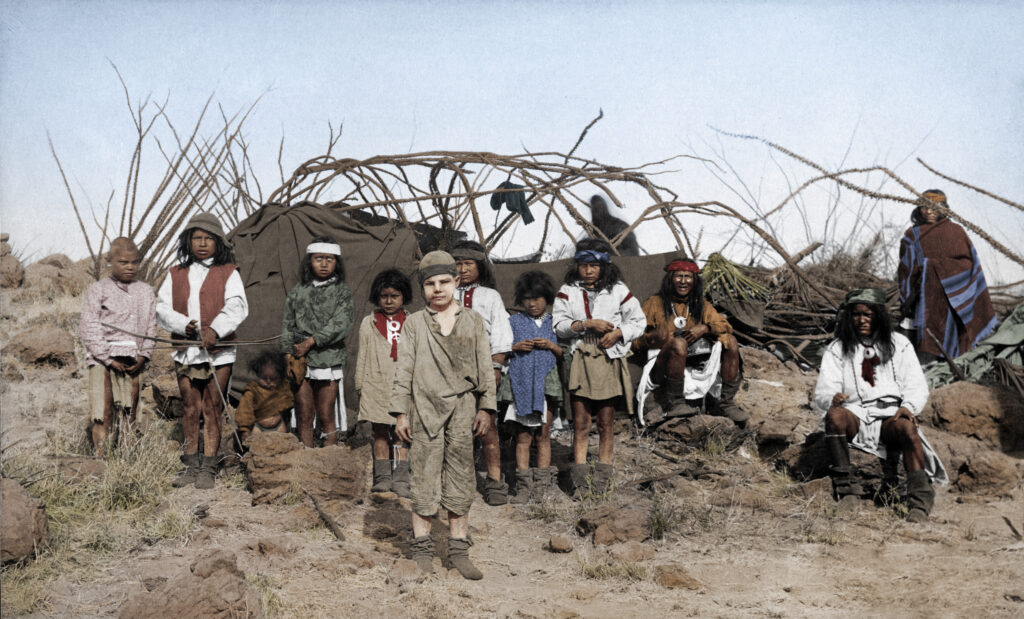
In the twilight he saw his sister Margaret walking toward him. He knew it was impossible—she should’ve been 700 miles away near St. Louis, Missouri.
“Have no fear, brother Josiah,” she told him. “Help is on the way.”[xi]
“Margaret, my sister, stay with me till they come,” he pleaded,[xii] but Margaret moved in the direction of the Hornsby cabin and vanished.
After galloping away from the battle, Haynie and Standifer had retreated back to the cabin. Reuben Hornsby sent runners out with word of the Comanche attack. It was too dangerous to go retrieve the bodies of the slain in the dark. They’d have to wait till the runners brought back reinforcements the next day.
That night Sarah Hornsby lay dreaming and in her dream she saw Wilbarger, naked and scalped, sitting under a tree.
Then she woke up. Sarah shook her husband awake and told him what she’d seen. Just a dream, Reuben said. Go back to sleep.
And after a while, Sarah did manage to fall asleep. Only to dream again.
Once more she saw Wilbarger and once more she woke up. John Henry Brown wrote that she “sprang from bed and roused all the house.”[xiii] The men in the cabin all tried to calm her and some even ridiculed her dream. Sarah returned to sleep and the men returned to sleep and the cabin was quiet.
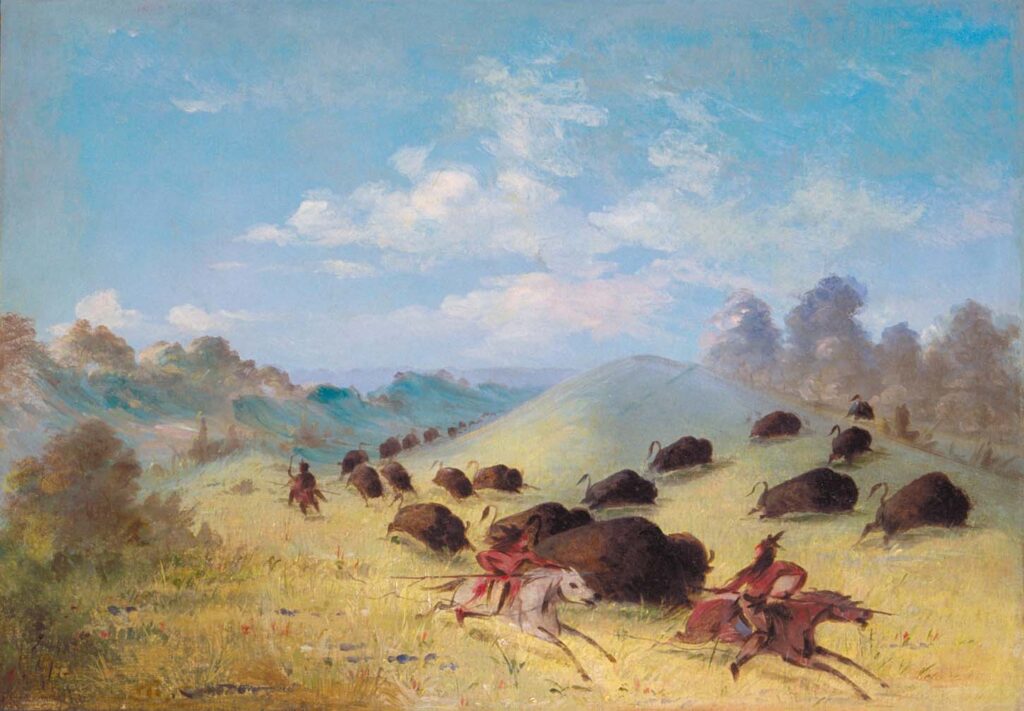
Texas Folklorist J. Frank Dobie described Sarah Hornsby as a “little black-haired, black-eyed woman of pure Scotch blood off a plantation of traditional refinement in Mississippi.”[xiv] She sang old highland ballads and read the Bible to her children. She taught them to read from a box of books hauled to Texas in a wagon. Dobie told how once when all the men were departed from Hornsby’s Bend, Sarah dressed in her husband’s clothes and walked around carrying a rifle to trick enemy eyes watching from the woods.
Twice is coincidence. Three times is confirmation.
When Sarah dreamed a third time[xv], according to Texas author C. F. Eckhardt, the vision was clearer yet. About three o’clock in the morning, she rose from bed, resolute, and now she wouldn’t take no for an answer.
“As sure as God lives,” she said. “Josiah Wilbarger is alive, scalped and under a large tree by himself. If you are not cowards go at once…”[xvi]
One of the men who’d abandoned Wilbarger responded that he was surely dead—he’d seen 50 Comanches around the body.[xvii]
“I care not what you saw,” she told him. “I saw as plainly as you could have seen, and I know he is alive! Go to him at once.”[xviii]
Reuben Hornsby was reluctant to leave his wife alone if they departed before help arrived in the morning. Sarah told him not to worry—she’d escape to the dogwood thicket if there was danger. She began making coffee and cooking breakfast, determined that nothing delay the men in starting out at first light.
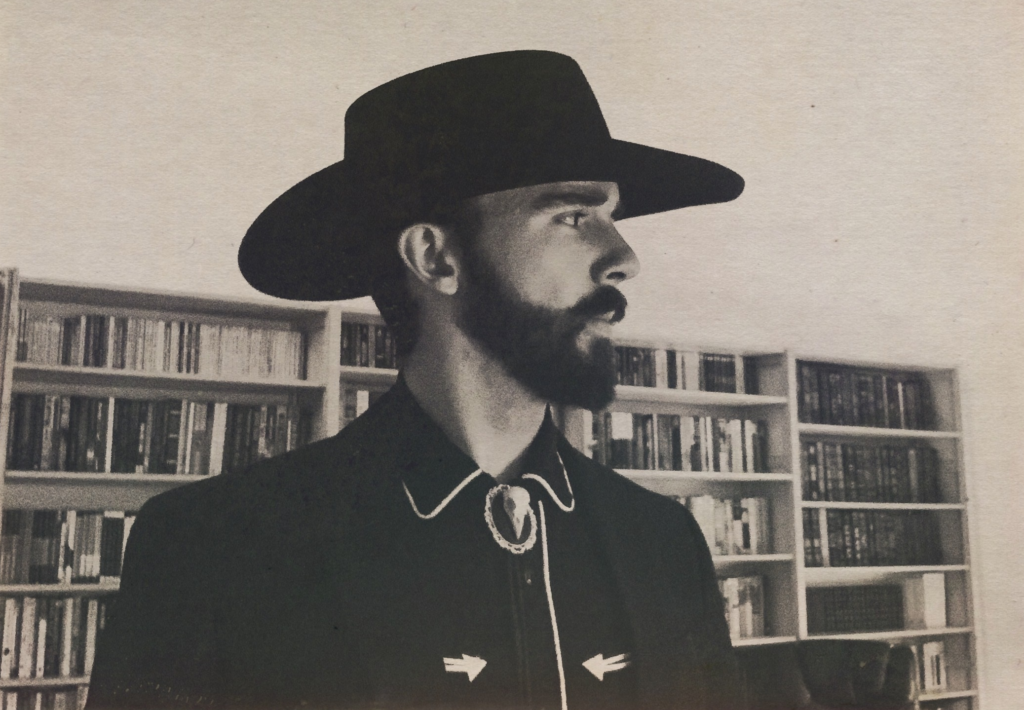
Sarah described the place in her dream in great detail. At daybreak Reuben and the others set out, riding back to the scene of the battle. They found the bodies of Christian and Strother immediately, but Wilbarger was nowhere to be seen.
Then they spotted a naked, blood-caked figure sitting under a post oak, a sock crowning his scalped head. Exactly as Sarah Hornsby predicted.
His appearance was so grisly the men didn’t recognize him until he rasped out, “It is Wilbarger.”[xix] He told his rescuers of Margaret’s visit in the night, how she’d “gone for help which he knew would come—firmly believing he had seen and conversed with her in reality.”[xx]
The men lifted Wilbarger onto a horse. Reuben rode behind him, holding his friend in his arms, and they hurried back to the cabin.
Certain they’d find him alive, Sarah had prepared poultices of wheat bread and bear’s oil to dress his scalped head.[xxi] She bathed his wounds and cared for him many days. At last Wilbarger was strong enough to be carried home on a sled.
Mail was slow making its way across the frontier in those days. Several months passed until one day a letter arrived. It was from Wilbarger’s family in Missouri, a letter informing him that his sister Margaret had died. Wilbarger stared a long time at the date of her death. She’d passed away the day before he was scalped.[xxii]
At the hour of his vision, Margaret was spending her first night in the grave.[xxiii]
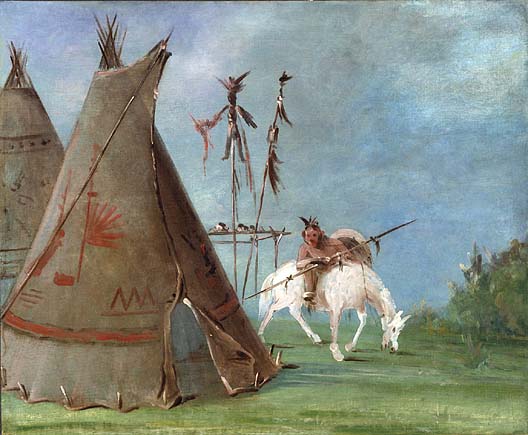
A key to understanding this strange visitation might be found in an old Jewish tradition, one which claims the spirit of the recently deceased may linger in our world for three days after death. The spirit may mourn its separation from the body with the greatest mourning during the first three days. After three days have passed, the spirit sees the face of the body has changed and it starts to go away. Some New Testament scholars believe this tradition is why Jesus chose to delay in going to his sick friend Lazarus, why He waited until Lazarus had been in the tomb at least three days before raising him from the dead. Jesus wanted the people to know it was truly a miracle.
So we have to wonder—did Margaret’s spirit briefly linger on to save her dying brother?
Eventually, the wounds to Wilbarger’s throat and legs healed, but the skin never grew back where he’d been scalped. Part of his skull remained exposed. Josiah’s brother wrote, “The bone became diseased and exfoliated, finally exposing the brain.”[xxiv] Josiah’s wife made him silk skullcaps[xxv] from her wedding dress[xxvi] and he wore one at all times and in all kinds of work. Wilbarger lived eleven years after he was scalped. He planted and harvested cotton on his land along the Colorado, then one day he struck his head on the low doorframe of his gin house and the blow to the old wound was too much. Josiah Wilbarger died on April 11, 1844. He was 44 years old. Wilbarger County, Texas was named in his honor.[xvi] In 1932, the bodies of Wilbarger and his Texas Ranger son John were reinterred in the Texas State Cemetery in Austin.
Sarah Hornsby died in April, 1862. Seventeen years later, Reuben joined her in the family cemetery at Hornsby’s Bend. Their descendent, Baseball Hall of Famer Rogers Hornsby, is also buried there.
A monument marking the approximate site of Wilbarger’s scalping stands at 51st Street and Berkman Drive in Austin. In 1889, J.W. Wilbarger wrote that Josiah and Sarah vouched for the truth of their stories to their dying day. “We have stated the facts as received from the lips of Josiah Wilbarger… and confirmed by Wm. Hornsby, who still lives, and others who are now dead. The vision which so impressed Mrs. Hornsby was spoken of far and wide through the colony 50 years ago…”[xvii] Josiah told of his sister’s visitation long before word of her death reached him. The story, his brother wrote, created a feeling of awe. “No man who knew them ever questioned the veracity of either Wilbarger or the Hornsbys…”[xviii]
The tale remains a marvel and a mystery over a century and a half later. “Such things are not accidents,” Josiah’s brother said. “They tell us of a spirit world and of a God who ‘moves in a mysterious way His wonders to perform.’”[xxix]
The Wilbarger story always struck me as the greatest Twilight Zone episode never filmed. It’s my all-time favorite ghost story and an exceptional piece of Texas folklore. Do you have a story of the strange, mysterious, or otherworldly? I want to hear it. Comment below, email me at [email protected], or send me a letter at PO Box 302, Ropesville, TX 79358. If you’d like to continue seeing videos and articles like this, support my writing by getting my books on Amazon.com.
[i] Roy A. Clifford, “WILBARGER, JOSIAH PUGH,” Handbook of Texas Online.
[ii] J. W. Wilbarger, Indian Depredations in Texas, (1889), p. 7 of Eakin Press Statehouse Books edition, 1985.
[iii] John Henry Brown, Indian Wars and Pioneers of Texas, (1880), p. 23 of Southern Historical Press edition, 1978.
[iv] Ernest Wallace and E. Adamson Hoebel, The Comanches p. 12
[v] S. C. Gwynne, Empire of the Summer Moon, Scribner, 2011, p. 25
[vi] Dorman H. Winfrey and James M. Day, eds., The Indian Papers of the Southwest, vol. 1, p. 24
[vii] Gwynne, p. 25
[viii] Dr. Tommy Stringer, “Josiah Wilbarger,” www.coriscanadailysun.com, July 10, 2010.
[ix] Wilbarger, p. 9; see also C. F. Eckhardt, “Sarah’s Dream: Josiah Wilbarger’s Ordeal Scalped Alive on Onion Creek,” www.texasescapes.com, Feb. 2, 2007.
[x] Ibid., p. 10
[xi] C. F. Eckhardt, “Sarah’s Dream: Josiah Wilbarger’s Ordeal Scalped Alive on Onion Creek,” www.texasescapes.com, Feb. 2, 2007; see also Wilbarger, p. 11.
[xii] Brown, p. 24.
[xiii] Ibid., p. 24.
[xiv] J. Frank Dobie, Tales of Old Time Texas, (1928), p. 38 of University of Texas Press ninth printing, 2003.
[xv] Eckhardt; see also Biographical Encyclopedia of Texas, 1880, p. 275. Other accounts maintain that Sarah Hornsby dreamed only twice. Eckhardt claimed his account was handed down to him by his grandmother, Mary Ann Lane Eckhardt, and that she learned this version of events from her aunt Rebecca “Becky” Hornsby, who received it from her mother, Sarah Hornsby herself.
[xvi] Brown, p. 24.
[xvii] Ibid., p. 24
[xviii] Ibid., P. 24.
[xix] Wilbarger, p. 11.
[xx] James T. DeShields, Border Wars of Texas, (1912), p. 84 of State House Press edition, 1993.
[xxi] Dobie.
[xxii] Wilbarger, p. 11; see also John Henry Brown’s account of the letter in DeShields, Border Wars of Texas, p. 83.
[xxiii] Dobie, p. 41.
[xxiv] Wilbarger, p. 12.
[xxv] Eckhardt
[xxvi] Don Blevins, From Angels to Hellcats: Legendary Texas Women, 1836-1880, Mountain Press Publishing Company, 2001, p. 103.
[xvii] Clifford.
[xvii] Wilbarger, p. 12.
[xviii] Ibid., p. 12.
[xxix] Ibid;, p. 13.


